#174: TEN PARKS OF THE NATION
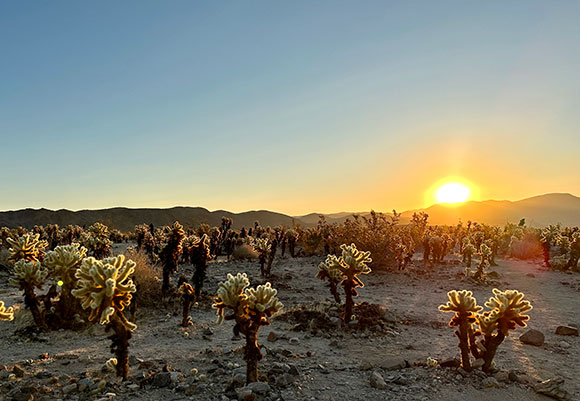
Joshua Tree National Park, California (photo by Anthony Poon)
I usually write about buildings, sometimes design, music, or life. But why not parks, as in the famed national parks of America? In a sense, parks are architectural, comprising journeys through space and time. Whether a house, school, temple, or even a park, visitors respond to their surroundings—a composition of light, proportions, materials, patterns, and textures. Here are thoughts on some national park visits, where the architect is not man or woman, but rather Mother Nature.
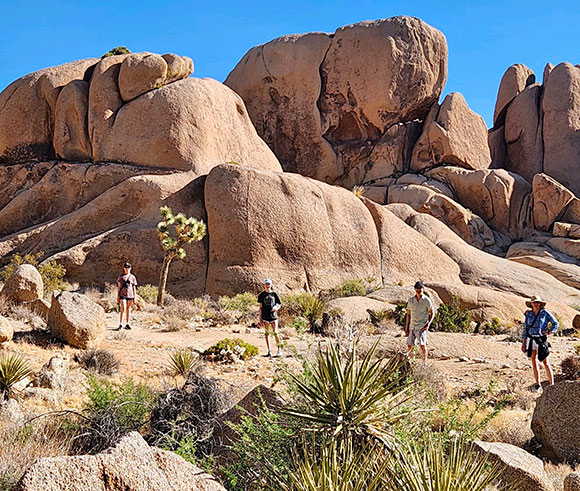
Joshua Tree National Park, California
Hundreds of years ago, the Mormon immigrants imagined the biblical figure, Joshua, in the greeting arms of the native trees, hence the park’s name. The Mojave and Colorado Deserts comprise this park popular to rock climbers, an environment with an eerie resemblance to a Star Trek stage set.
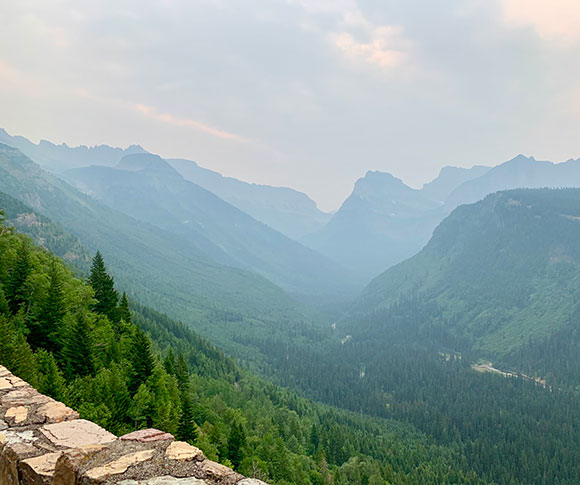
Glacier National Park, Montana
One million acres and over 130 mirror-like turquoise lakes, Glacier Park crosses the Canadian and United States border. Majestic mountains carved by the huge glaciers of the Ice Age extend beyond the limits of sight. There is no better setting to enjoy the famed Big Sky Country.
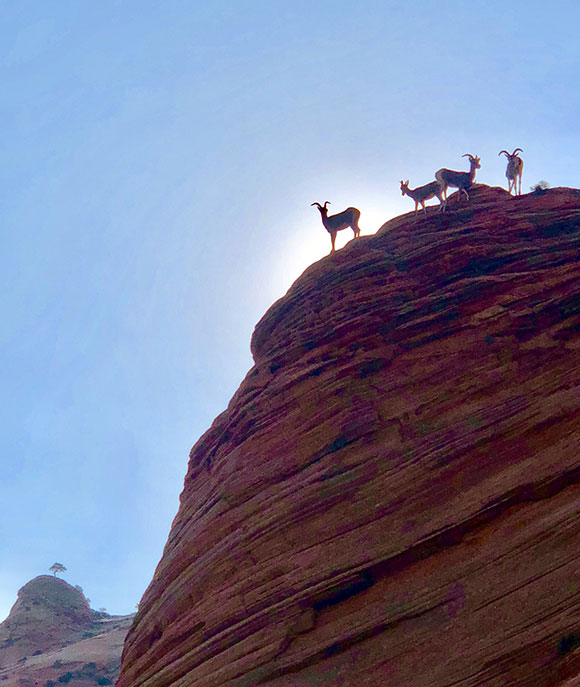
Zion National Park, Utah
The prominent rust red color of Navajo Sandstone provides the visitor with both sky-reaching plateaus and challenging hikes at the floor of the 2,000-foot deep canyon, known as The Narrows. Declared a national monument by President Taft years before being named a national park, Zion’s Virgin River continues to widen and deepen the central canyon.
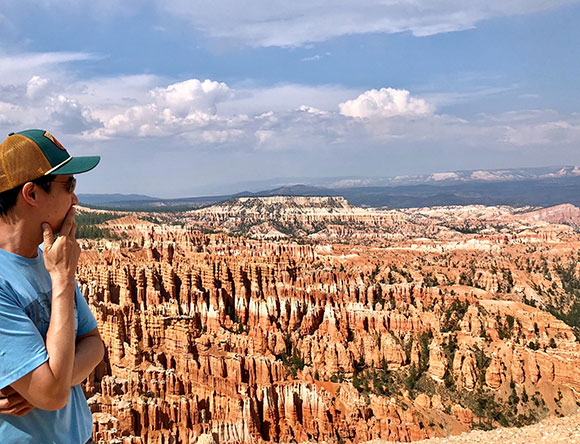
Bryce Canyon National Park, Utah
The “hoodoos” of Bryce are mysterious and engaging. Haunting figural rock formations line the massive natural amphitheaters. “Hoodoo” translates to “bewitched,” and ancient legend claims that vengeful coyotes transformed visitors into the stone figures as punishment for their sins.
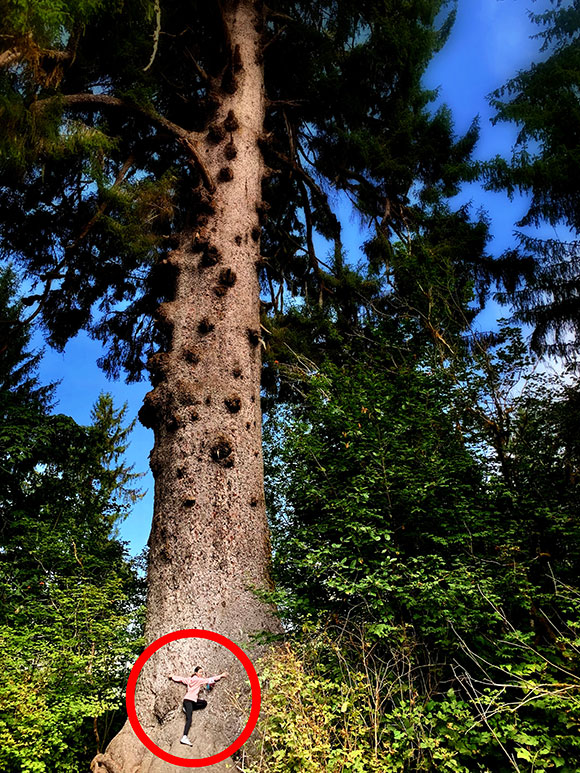
Olympic National Park, Washington
Within one of the largest and oldest communities of rain forests, Olympic Park boasts the largest spruce tree. At 200 feet tall and 20 feet in diameter, note in my image the scale of a visitor. 73 miles of wilderness coast includes the tranquil Lake Quinault, a dreamlike creation of serenity.
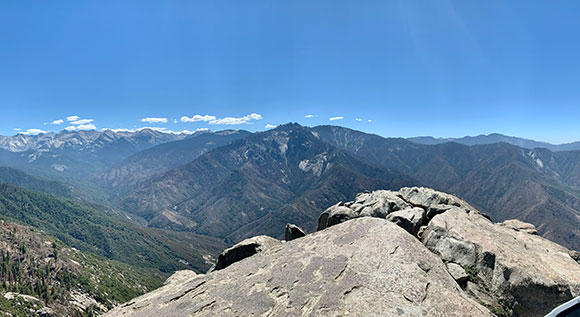
Sequoia National Park, California
Housed in the Giant Forest and named General Sherman, this tree is the largest one by volume in the world. This 404,000-acre park holds five of the ten largest trees on Earth, and presents Mount Whitney, the highest point in the country at 14,500 feet above sea level.
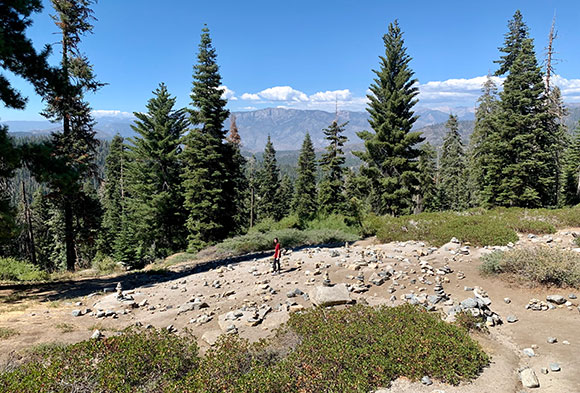
Kings Canyon National Park, California
Not far from General Sherman sits General Grant, the second largest tree in the world. Here at Kings Canyon, a glacier-carved valley measures a mile deep. With the park’s 1,200 species of plants, dramatic valleys and rock outcroppings, naturalist John Muir called Kings Canyon, “a rival to Yosemite.”
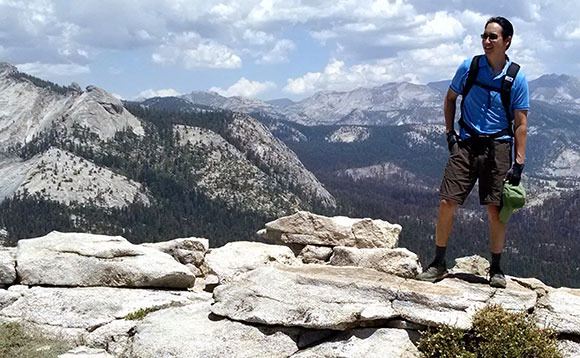
Yosemite National Park, California
Regarding Half Dome, the immense quartz rock formation, an 1864 park report claimed, “The only one of the prominent points about Yosemite which never has been, and never will be, trodden by human foot.” Like many ambitious hikers, I have climbed this famed hike of 5,000 feet in rise. The 16-mile roundtrip took me 12 hours, and I have conquered Half Dome twice.
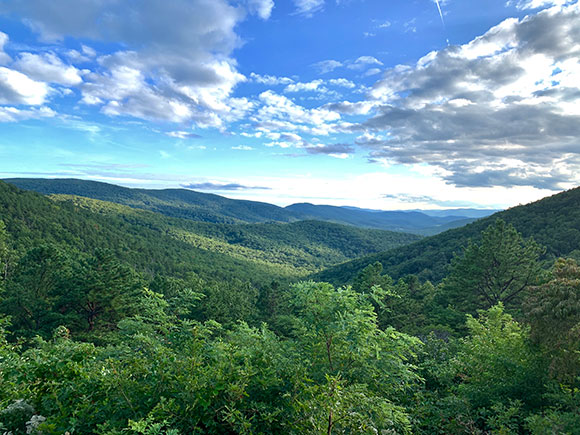
Shenandoah National Park, Virginia
Part of the majestic Blue Ridge Mountains, Shenandoah Park’s geology dates back over one billion years. Along the 500 miles of trails, dense forests contrasting endless panoramic views, and waterfalls throughout, Skyline Drive’s 105 miles run the ridge of the mountains. Also, the Civil War was fought on these grounds.
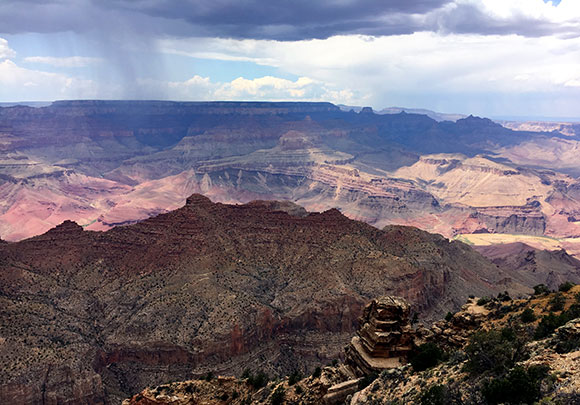
Grand Canyon National Park, Arizona
Let’s wrap up my notes with the grandfather of them all, the mighty Grand Canyon. In sports, there are moments of undisputed glory, such as the knock out in boxing, the dunk in basketball, or the no-hitter in baseball. The Grand Canyon is the home run of parks around the world, where no photograph has ever captured its vast size and scale. Surreal and majestic, this canyon, up to 18 miles across and one mile deep, is the most renowned example of the natural force of erosion and the beauty from gradual diminution.

